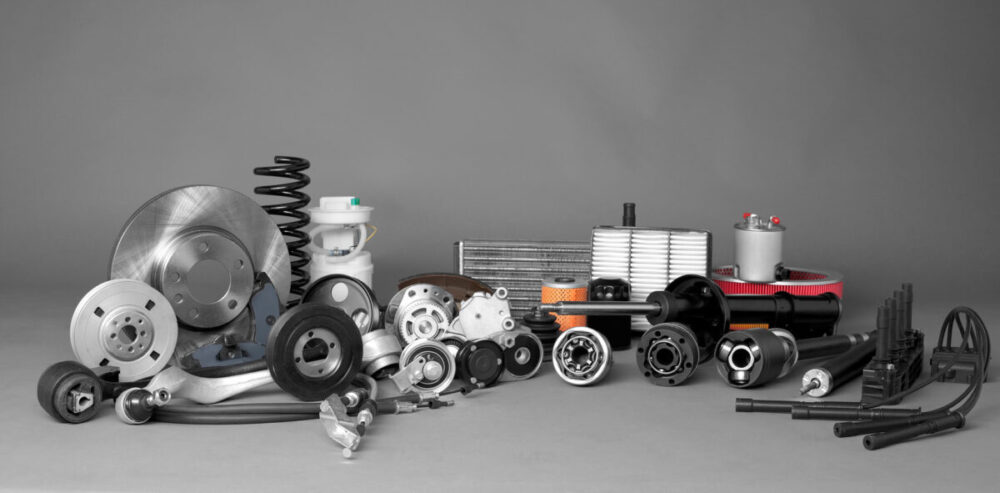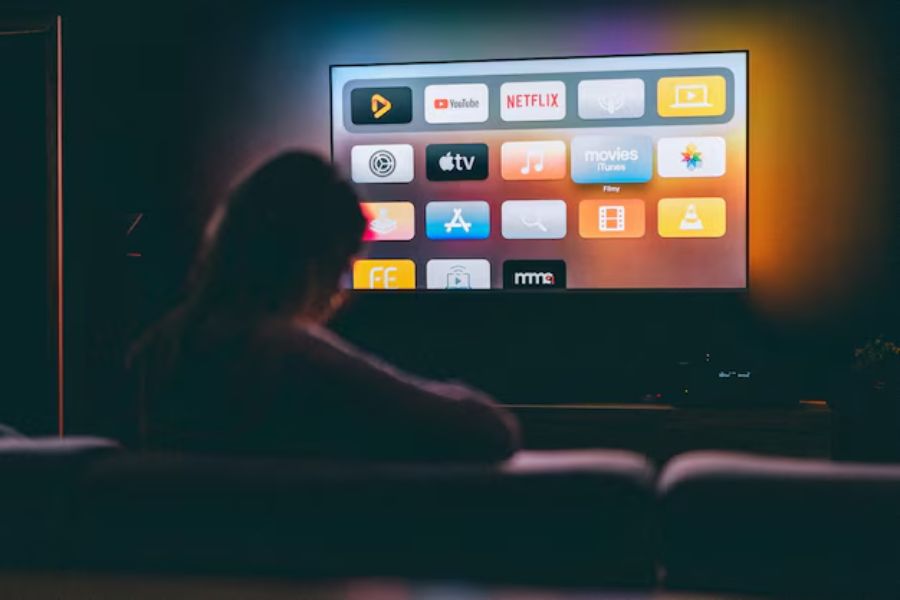The tech revolution never seems to stop, especially if you take a look at the numerous advancements we have the opportunity to enjoy nowadays. Even better, it permeates far beyond the tech community, shaping almost every profession worthy of the attention of a contemporary man. For example, 3D scanning, which was once only a part of the most vivid imaginations, today set standards in 3D modeling, architecture, gaming, archeology, and industry and does its part in shaping the future. Naturally, not all 3D scanning methods are equal since some are designed for professionals, while others are more suitable for amateur ventures. Thus, we kindly invite you to check out the rows below and learn about 3D phone scanning and to which extent the method is accurate.
Types of 3D Scanners
To bring you closer to how 3D scanning works and compare different models on the market, we should first explain how various 3D scanners operate and transfer the realistic model into digital form.
Laser Tech
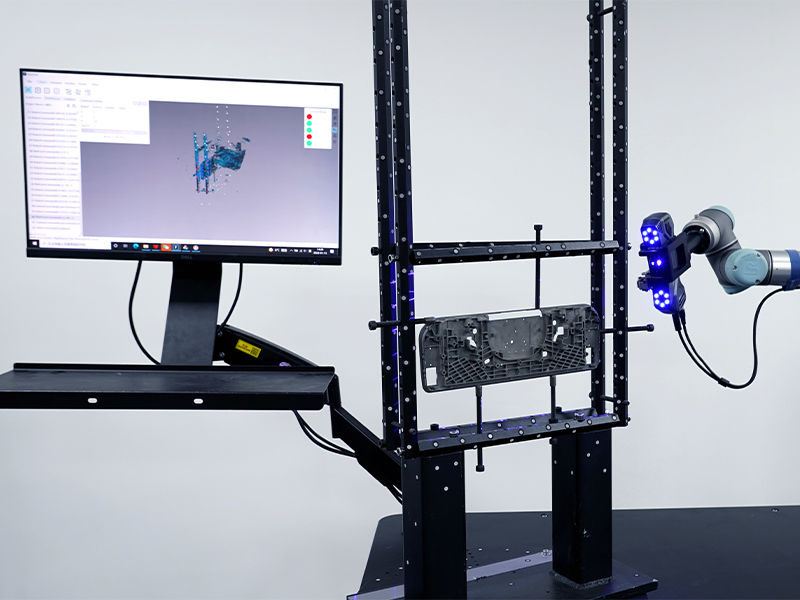
3D laser scanners use a thick beam of light and map the surface of an object by measuring the distance from the target to the source. Furthermore, the software triangulates the harvested data and constructs a digital form, leaving the user with a faithful 3D model of the scanned object.
The Light Job
Structured light 3D scanners manipulate the light and take numerous pictures of the model one intends to recreate in digital form. Further process implies analyzing the behavior of the light patterns overflowing over the object’s surface, and utilizing the collected pieces of information for digital reconstruction.
Both laser and structured light variants prove to be more proficient than the ones we are discussing today, still, it does not mean that 3D phone scanning cannot do the trick and deliver quite decent results.
Photogrammetry
3D phone scanning is possible due to photogrammetry. Not should you use your phone’s camera, but you would also have to install appropriate software to handle the material you capture via camera. In a nutshell, this form of 3D scanning is the most affordable one on the market, since you would not have to spend a small fortune to do the trick.
Photogrammetry is a technique that relies on different images of a particular object and their merging. In order to merge the takes, a program recognizes similar patterns and combines them into a whole defined by height, length, and width. The more perfect shots from different angles a software processes, the more realistic model it should construct.
Even though the concept might appear as simple, the optimal results are not as easy to achieve as one might recon at the first glance, especially if compared to laser or structured light 3D scanners. To find out more about the more complex 3D scanner variants, we suggest you consult 3d-scantech.com for additional information.
The Equipment
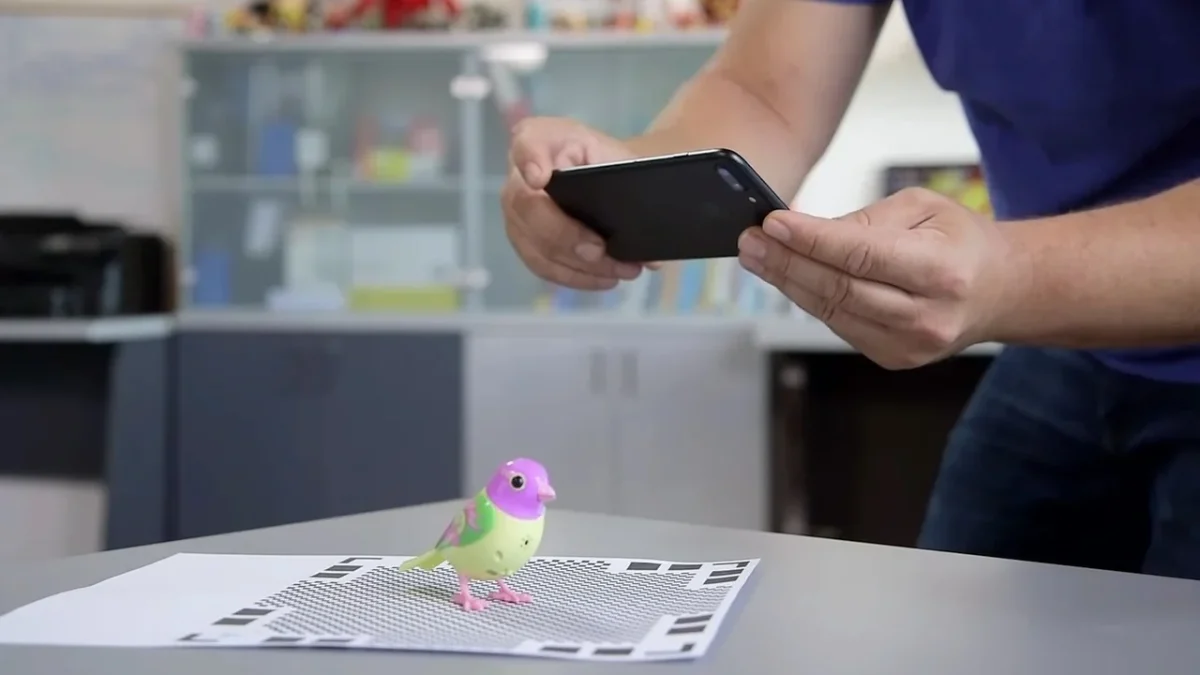
Since we have established how photogrammetry works, we should point out that the quality of your 3D model-to-be will depend on the quality of the pictures taken. To make a long story short, expecting to end up with a flawless 3D result if you cannot take a decent picture with your mobile device is equal to expecting a pig to fly.
Thus, we should emphasize that the accuracy of 3D phone scanning depends on the camera or cameras of the device in question.
Steady Hands
Considering that the software will use the pictures you provide, it is of utter importance to capture only sharp images, otherwise, the results will fail to satisfy your expectations. The more sophisticated the camera, the easier the job. Using additional equipment that would ensure the stability of the lenses is advisable for obvious reasons and will affect the outcome.
The Lighting
Lighting is of utter importance in terms of quality. Since objects reflect the light, you should pay attention to how it impacts the pictures you take because the software will struggle to merge differently-looking surfaces, even though they might be presenting the same part of an object. Thus, we advise you to focus on assessing the situation and adjusting the lighting before you start capturing your model from different perspectives.
The Size
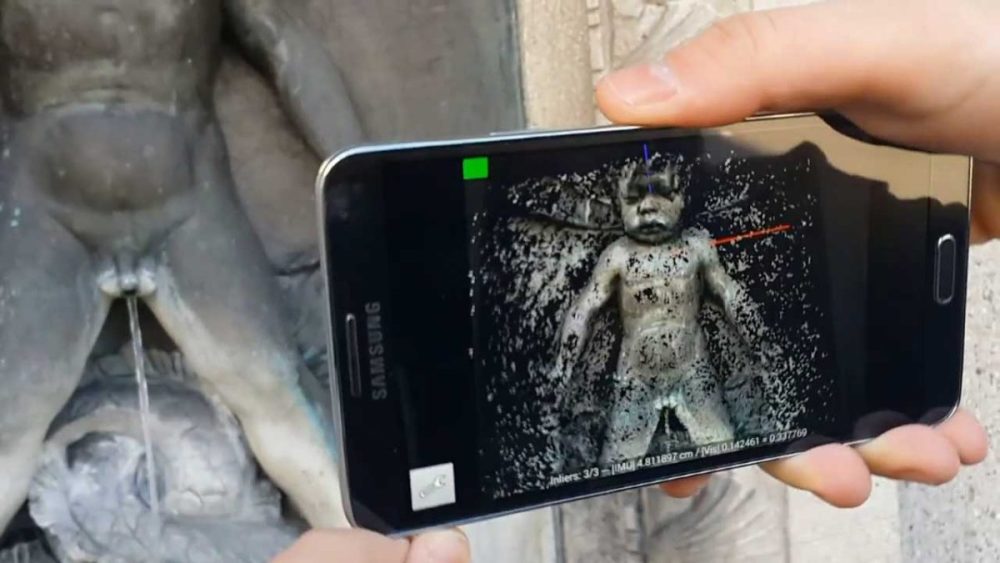
As we have mentioned earlier, 3D phone scanning is not a tool envisaged for professional use. On the other hand, it does not mean that all of your attempts to recreate a model in digital form will be doomed to failure. What you should consider before you start scanning is the size of the object you want to process.
Namely, large objects are difficult to cover via phone camera for obvious reasons. A detailed model requires as many perfect pictures as possible, so the bigger the object, the more sweat you would have to break to achieve anything.
The aforementioned might suggest that your job would be easier when smaller models are concerned. Unfortunately, miniature objects allow limited access, especially if they are edged with tiny details. Using macro mode on your camera might help a bit, but only if the software you use has means of handling the pictures you procure.
The most optimal results come from scanning medium-sized objects, which implies photographing models from about 10” to 40” in diameter.
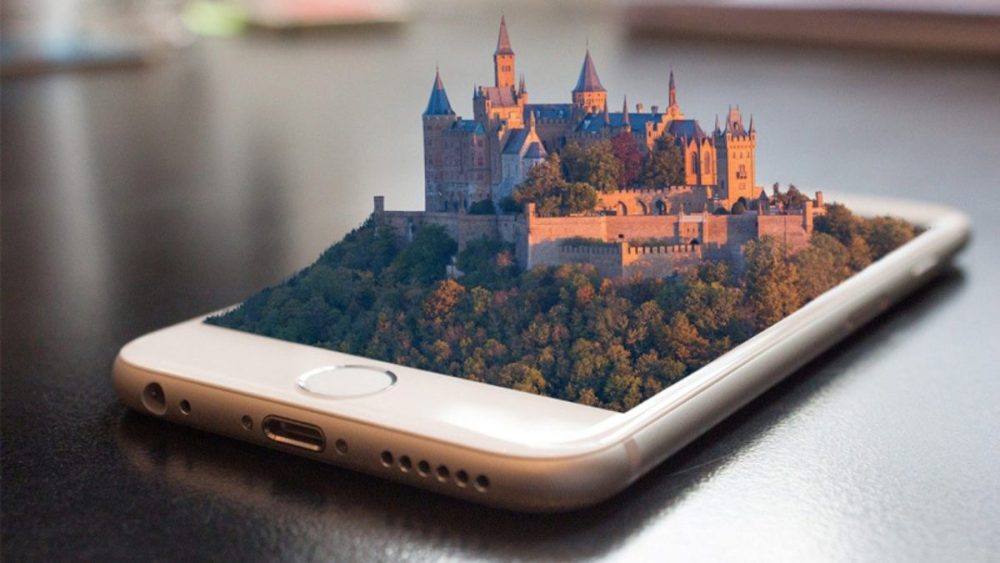
The Software
A decent software solution is a must if you intend on crafting 3D models via your phone. The best camera in the world would mean nothing if you use have no means of merging the photos into a whole. Naturally, the free software offers incomparably less than the premium programs, so do your homework and figure out whether it pays off not to invest in something that would make a significant difference.
To conclude our story, we shall say that accurate 3D scanning with your phone is possible, but only to a certain extent, and if performed in a controlled environment, using top-quality equipment and software. Thus, if you want to save both your time and your nerves, we suggest you aim your focus on professional 3D scanners since authentic 3D recreation comes with a price tag.



